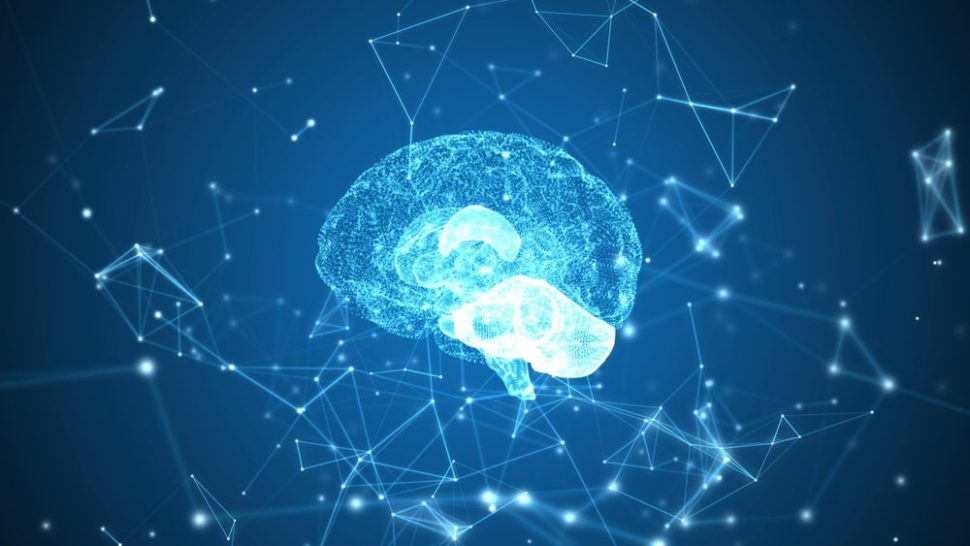Schizophrenia in children can be difficult to diagnose. New research in prenatal genetic testing could improve the odds.
The concept of cognitive dysfunction (specifically regarding schizophrenia) developing in the embryo brain has been around since the 90s. But new research supports this claim with actionable results.
How can new research help us understand how schizophrenia in children happens?
#Schizophrenia Origins in Malformed CortexClick To Tweet
Prenatal Indicators of Future Schizophrenia
Prenatal genetic testing includes screening for genetic disorders such as Down’s syndrome and cystic fibrosis. Many experts have purported that schizophrenia is a genetic disease, but diagnosing schizophrenia in children is no easy feat.
While it does have a genetic component, recent research suggests that malformations in fetal brain development could be a major factor.
Due to the fact that symptoms of schizophrenia are usually present in a person’s 20s, this discovery comes with many implications. The earliest references to schizophrenia appeared in Ebers Papyrus found in Egypt circa 1550 BC.
According to Michal K. Stachowiak, PhD, lead author of a research paper in Translational Psychiatry describing the discovery, the disease has been mischaracterized for nearly 4,000 years.

Schizophrenia in Children: What Happens in the Embryo Brain?
As a result of previous research, scientists determined genetic causes for schizophrenia in the form of faulty genome pathways. Known as the Integrative Nuclear FGFR 1 Signaling (INFS) pathway, it “…functions in association with cellular growth, differentiation, and regulation of gene expression, and is activated by diverse extracellular signals.”
In a nutshell: this means that it affects brain development. Specifically, it can cause mutations. But the faulty pathway wasn’t the end of the scientific journey.
In their research, scientists at the Biomedical Sciences at the University at Buffalo, Jacobs School of Medicine, and other institutions grew “mini-brains”. Mimicking the process of brain development in the womb, the researchers discovered that dysfunctional neuron distribution led to cortex malformations.
Due to the abnormal distribution of what will become neurons, complications occur in prenatal brain development. Essentially, maturing neurons may be bountiful in the areas outside the neural cortex. But inside the neural cortex?
Maturing neurons were far more scarce.
Mini-Brain Scans Reveal Faulty Wiring
As a result of prior research, researchers knew of malformations that lead to schizophrenia likely start in the first trimester. Stachowiak and his team found excessive migration of neurons and accelerated cell divisions.
Combined with the premature neuron classification, these complications can add up to schizophrenia later in life.
“Neurons that connect different regions of the cortex, the so-called interneurons, become misdirected in the schizophrenia cortex, causing cortical regions to be misconnected, like an improperly wired computer.”

The cortex controls important functions such as attention, language, memory, cognition, and consciousness.
Symptoms of schizophrenia can include auditory and visual hallucinations, paranoia, disorganized thinking and speech, abnormal motor behavior, and others. All of these adverse symptoms involve primary cortex functions.
This is definitive proof that schizophrenia is a disorder of malfunctioning embryo brain structure that occurs in early development.
Moreover, the proof links malformation of neuronal circuits within the cortex to schizophrenia. It also means that, potentially, future prenatal genetic testing could include tests to predict the likelihood of schizophrenia in children.
Using the Prenatal Embryo Brains with Nanophotonic Devices
Stachowiak won’t settle for this discovery.
“The next step is to investigate how to target the INFS pathway and even other pathways that interact with INFS using drugs or even dietary supplements that could prevent the dysregulation from taking place.”
Beyond that, he wants the team’s research to help develop brain-machine interfaces to “control and correct” the development of brain-related tissue cells.
With the developments in CRISPR-Cas9 gene editing research, this next step could become achievable in the coming years.
Read More: The Latest Guide to Understanding CRISPR-Cas9



















Comments (0)
Most Recent